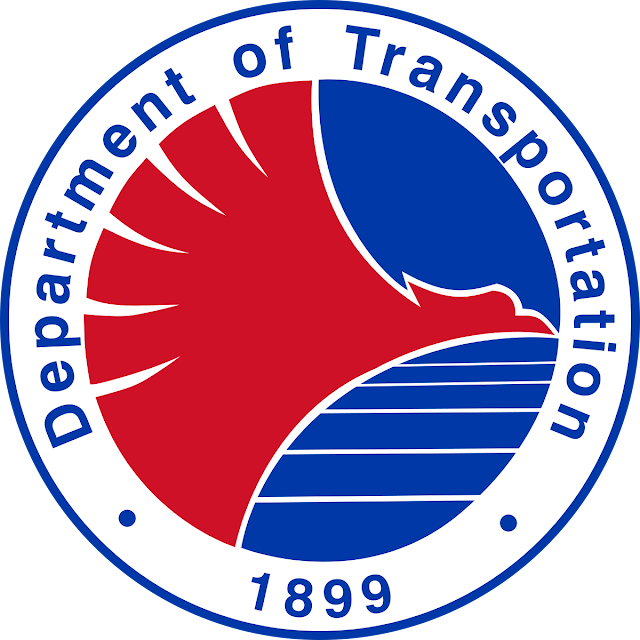Tuesday, October 17, 2017
NAIA not anymore included in top 20 worst airports in the world, also not included in top 5 worst airports in Asia
Metro Manila-- Reforms in the NAIA have finally bore fruits.
According to a survey released to "The Guide To Sleeping In Airports" travel website released on Sunday, October 15, the Ninoy Aquino International Airport (NAIA) is no longer included in the top 20 worst airports in the world, and even in the top 5 worst airports in Asia 2017.
It can be remembered that on the same survey conducted during the past administration and released in October 2016, NAIA used to be among the world’s worst airports, landing on the 5th place.
Such placement was attributed to the issue of “laglag-bala”, which was among the main complaints of travelers especially by OFWs, but was addressed during the first 100 days of the Duterte administration.
Meanwhile, Department of Transportation (DOTr) Secretary Arthur P. Tugade welcomed this improvement, but said that this is just the beginning. Secretary Tugade reminded that the DOTr must not be complacent as there are many things yet to be done and improved at the NAIA.
"Work, work, work lang. While it is good that we are not listed among the worst, let us work even harder to be included amongst the best," Secretary Tugade said. "We should be careful that we do not backslide. The show must go on -- and better!," he added
It can be remembered that NAIA earned the ‘world’s worst airport’ title from 2011 to 2013. In 2014, it landed in the 4th place. It was not included in the top 10 worst airports in the world in 2015, but landed 8th worst airport in Asia.
Meanwhile, four Philippine airports again joined the list of the top 25 best airports in Asia for this year, 2017. They are: Iloilo International Airport, Mactan-Cebu International Airport, Clark International Airport, and Davao International Airport.
Among the reforms implemented in the NAIA during the Duterte Administration were the restriction on general aviation to prioritize commercial flights and reduce flight delays; the imposition of the five-minute rule [where pilots who declare they are ready to take off must depart within the prescribed time or they would be put back at the back of the queue] to reduce flight delays and instill discipline among airlines; the construction of Rapid Exit Taxiways to allow an aircraft to leave the runway at higher speed and increase flight movements; provision of cleaner toilets additional seats, free Wi-Fi, and Well-Wishers’ Area. Regular taxis were also allowed to queue and pick-up passengers at designated points in NAIA terminals to address shortage of taxi units servicing passengers.
Further, since the new administration took over, there has been no single incidence of a passenger missing a flight for possessing a bullet. Passengers no longer feel the need to wrap bags and luggages in plastic or masking tapes.

